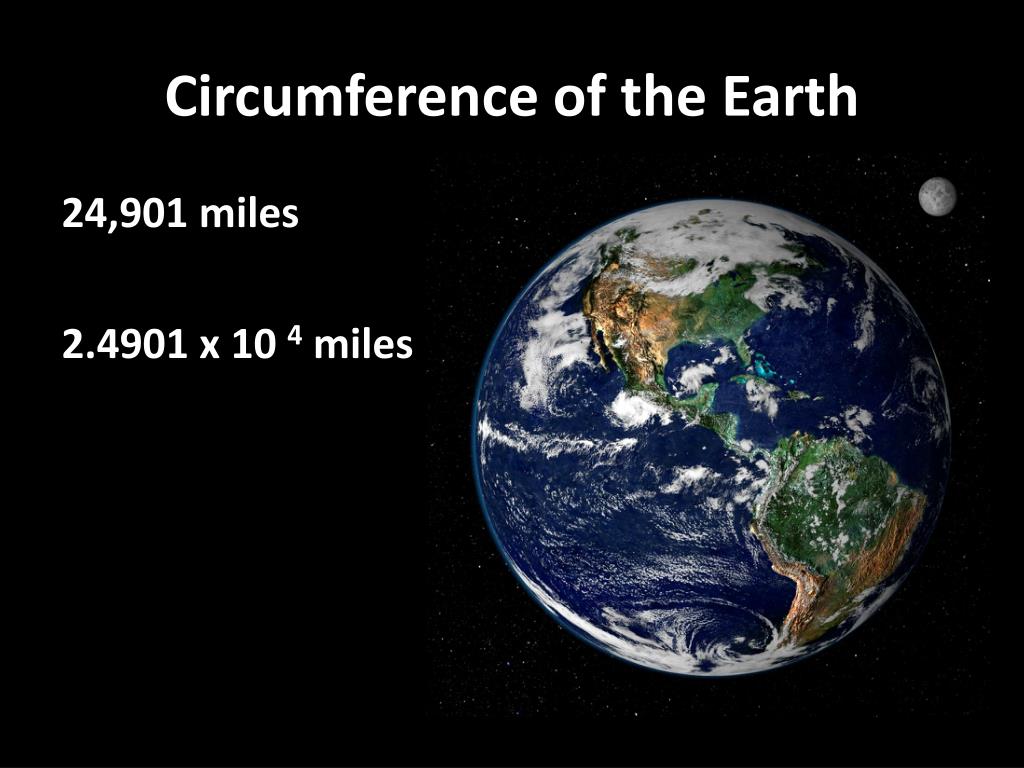Earth's Circumference: Facts & How It's Measured
What exactly is the distance around our planet? The Earth's circumference, a seemingly simple concept, holds a fascinating history of scientific inquiry, from ancient estimations to modern precision, revealing not just a number, but a testament to human curiosity and ingenuity.
The story of determining the Earth's circumference is a journey through time, marked by intellectual breakthroughs and ingenious methods. One of the earliest recorded figures to suggest the Earth was spherical was the Indian mathematician Aryabhata, who lived from 476 to 550 AD. His work, though predating modern scientific rigor, laid the groundwork for future calculations. His estimations, even in their relative imprecision, were remarkably close to the known values today. Aryabhata accurately wrote of the earth as being spherical. He also estimated the circumference of the earth to within 67 miles of modern measurements, off only by approximately 0.27%.
The true credit for a groundbreaking early calculation goes to Eratosthenes, a Greek polymath living in Alexandria, Egypt, around 240 BC. Eratosthenes ingeniously used basic geometry and the sun's position to estimate the Earth's circumference. He knew that at noon on the summer solstice, the sun shone directly down a well in Syene (modern-day Aswan), meaning the sun's rays were perpendicular to the Earth's surface at that point. Simultaneously, in Alexandria, he observed that a vertical pole cast a shadow. By measuring the angle of the shadow and knowing the distance between Alexandria and Syene, Eratosthenes was able to deduce the Earth's circumference.
- Unveiling Jay Harrington Family Career More What You Need To Know
- 7starhd More Latest Movies Piracy News 2024
Eratosthenes's method, though simple in concept, was a triumph of observational science. He used two sticks and some trigonometry to accurately calculate the circumference of the earth as 40,010 km (24,902 miles). This number is remarkably close to modern calculations which put earths circumference at 40,075 km (25,000 miles). His calculations were remarkable given the tools available at the time, and his estimate was a testament to his understanding of geometry and the principles of celestial mechanics.
The importance of accurately measuring the Earth's circumference extends far beyond academic interest. Since ancient times, it has been critical for navigation. Knowledge of the circumference allowed for more precise mapping and the calculation of distances, a necessity for seafaring explorers and merchants. The ability to determine longitude and latitude, crucial for plotting a course, was greatly improved by accurate measurements of the Earth's size. The distance around earth at the equator, its circumference, is 40,075 kilometers (24,901 miles).
Earth's circumference is the distance around earth. Technically the earth is an oblate ellipsoid, an ellipse rotated about its minor axis, with an equatorial radius of 6,378.1 kilometers (3963 miles), and equatorial of diameter of 12,742 kilometers (7917 miles) and an equatorial circumference of 40,075 kilometers (24,901 miles), which is slightly greater than the polar radius of 6,356.7.
- Jj Da Boss Street Outlaws Star Family Man Everything You Need To Know
- Lamine Yamals Family Brother Sister More Latest News
The Earth, however, is not a perfect sphere. The Earth is an oblate spheroid, so its circumference is not perfectly circular at every latitude. The distance between the north and south poles is approximately 7900 miles while the equatorial diameter is slightly larger at 7930 miles. This means that the circumference varies depending on where you measure it. The equatorial circumference (measured around the equator) is the largest, measuring approximately 24,901.55 miles (40,075.017 kilometers). The circumference measured through the poles, known as the meridional circumference, is slightly shorter, approximately 24,859.82 miles (40,007.863 kilometers). This difference is due to the Earth's slight flattening at the poles and bulging at the equator.
In terms of the equatorial circumference of the earth, it is slightly larger than the polar circumference due to the earth's oblate spheroid shape, meaning the
The circumference of the earth is the distance around it. Because the earth is not a perfect sphere, its circumference varies depending on where you measure it. The most common and widely used measurement is taken around the equator , and this is approximately 40,075 kilometers (24,901 miles).
The equatorial circumference is approximately 24,901 miles (40,075 kilometers), while the meridional circumference (through the poles) is about 24,860 miles (40,008 km). The equatorial circumference is 40,075.017 km (24,901.461 mi), and the polar circumference is 40,007.863 km (24,859.734 mi).
The formula to calculate the circumference is surprisingly simple: Circumference = 2 radius. Also, we can calculate the circumference from the diameter using the formula Ce = d, where 'd' represents the diameter. The value of (pi) is a mathematical constant, approximately 3.14159. The approximation is useful for quick calculations but lacks accuracy.
The circumference of the earth at the 45th parallel is approximately 24,901 miles (40,075 kilometers). This is the same as the circumference of the earth at the equator.
In modern times, satellites and advanced surveying techniques provide highly accurate measurements of the Earth's circumference. The space shuttle orbiter, with a velocity of 27,880 km per hour (17,322 miles per hour) takes approximately 90 minutes to orbit, or travel just outside the circumference of the earth. At an altitude of 322 km (200 miles), an orbiter covers approximately 41,300 km (26,000 miles) in one orbit. This has allowed scientists to refine our understanding of the Earth's shape and size continuously. Distance calculations rely on these measurements and employ formulas like c = 2r or c = d, where r is earths radius and d is its diameter.
The measurement of Earth's circumference is also used to calculate the distance between two points on the earths surface, which is vital for navigation and transportation.
- Grant Cardone Height Net Worth Success Secrets Discover Now
- Jatt Juliet Jaat More Where To Watch Stream Movies Now

What is the circumference of the Earth?

Circumference of Earth What is the circumference of the Earth

PPT Multiplying and Dividing in Scientific Notation PowerPoint